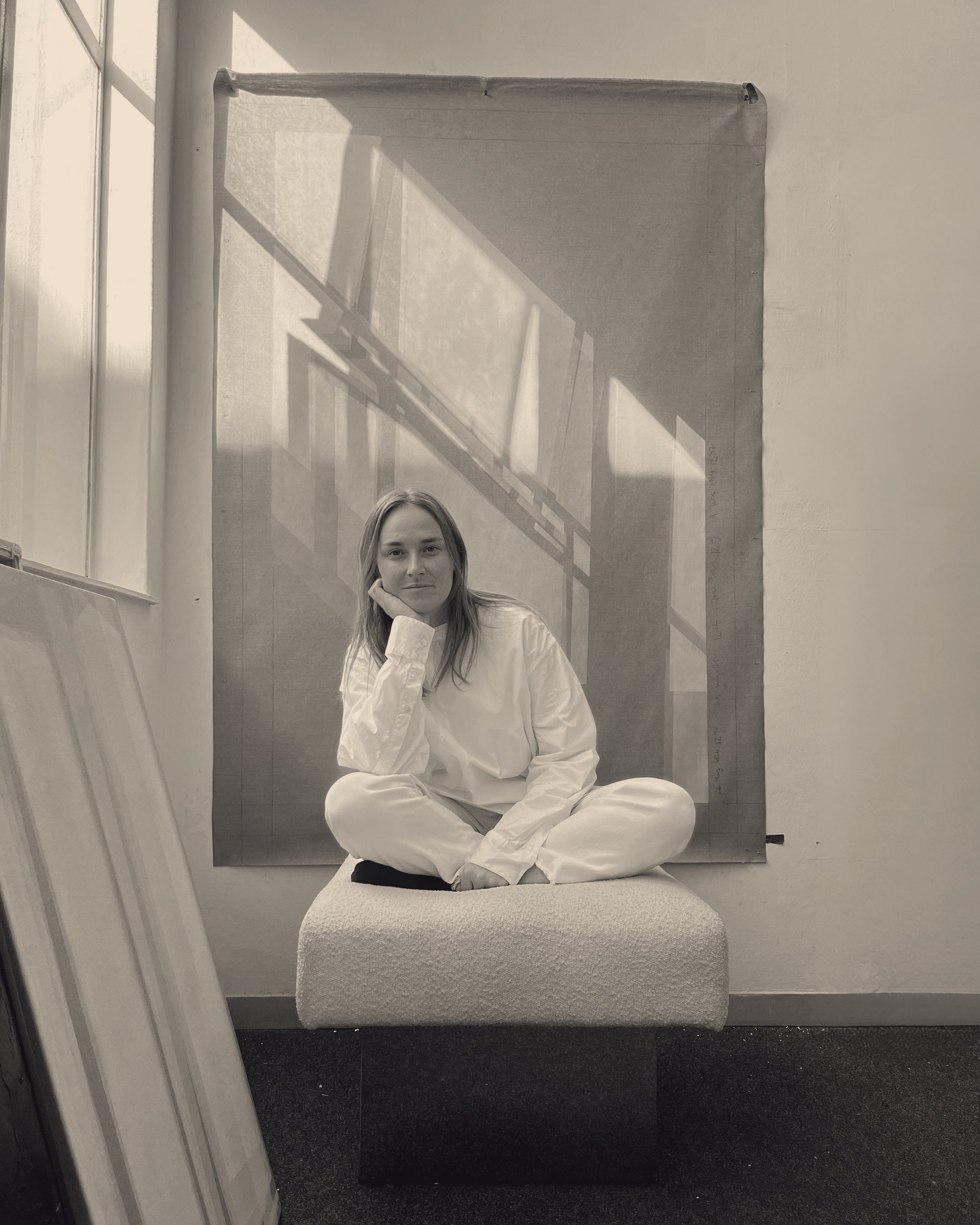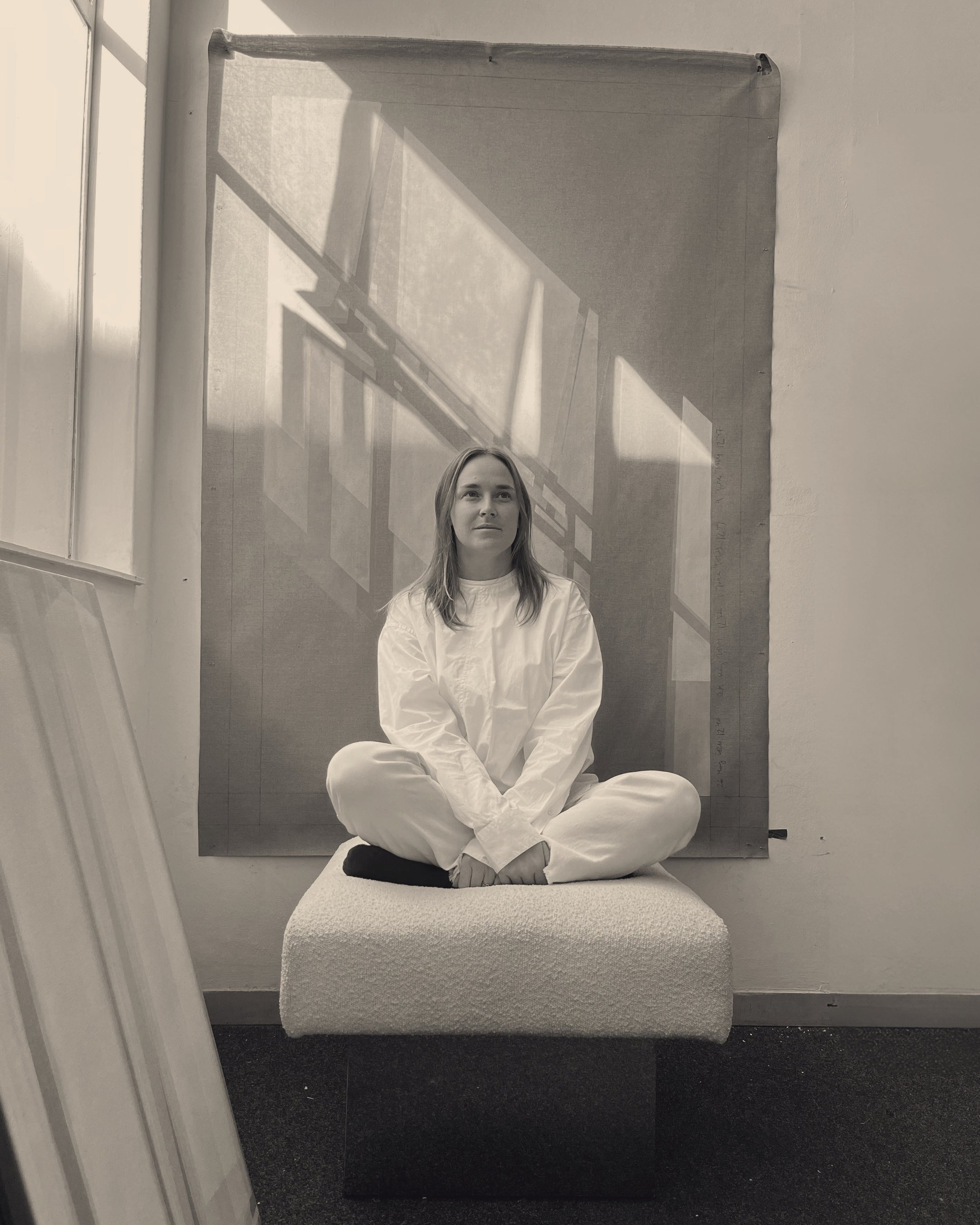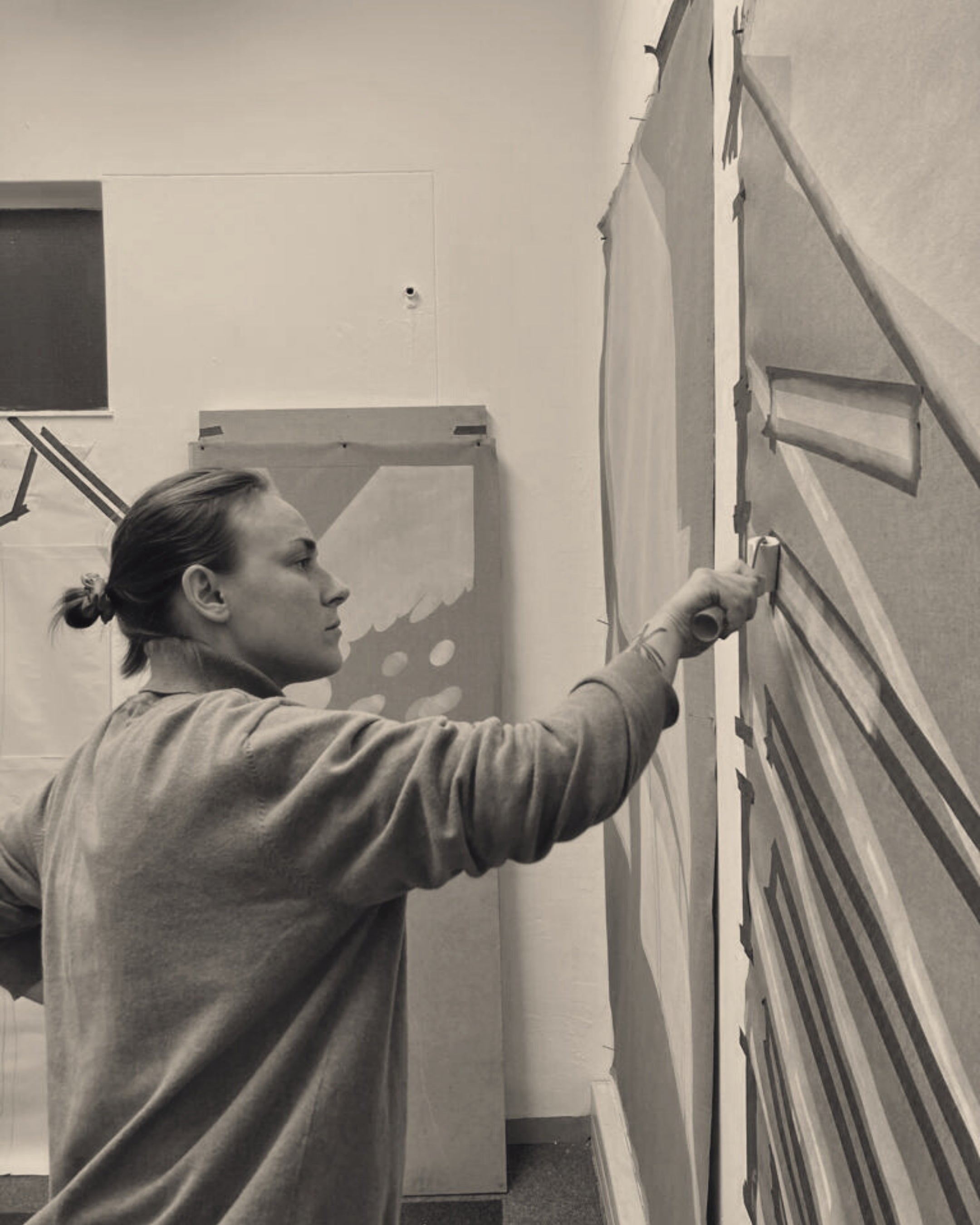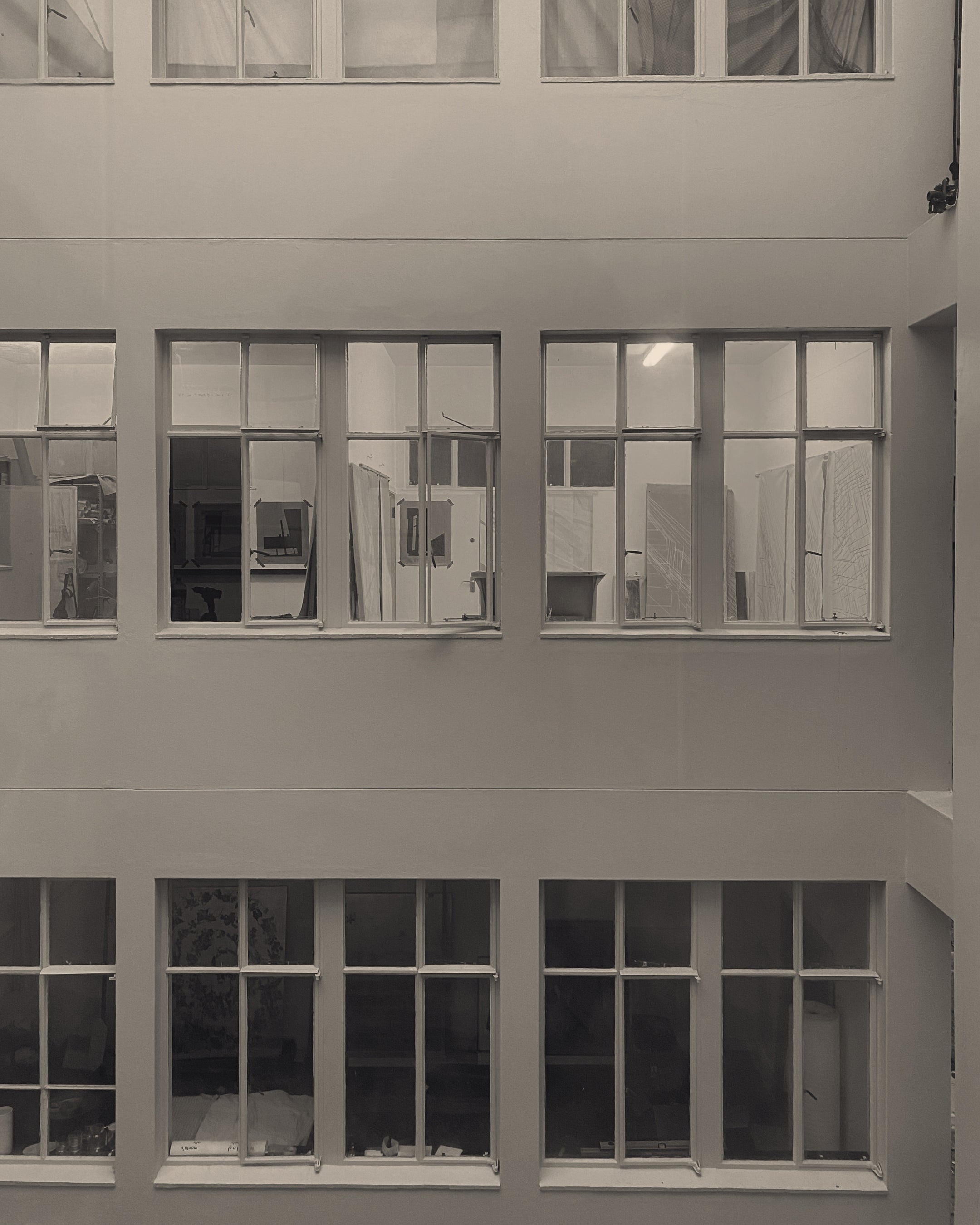



Artist in Residence:
Kasia Stefanczyk
Born in Warsaw in 1992,
Stefanczyk studied Industrial Design and Visual Communication at the Warsaw Academy of Fine Arts, graduating in 2015.
The same year, she relocated to Cape Town, where she continues to live and create.
Experience our Artist in residence this design week.
Curación House, 9 Orphan Street, Cape Town
Friday, 24 October 16:00 – 19:00
Saturday, 25 October 10:00 – 14:00

Stefanczyk’s work captures the poetic rhythm of light in motion.
Through abstract studies of shadow and reflection, she explores the quiet dialogue between time, space, and the shifting play of illumination.
Says Stefanczyk, 'Light Paintings are records of light, as it falls through an architecture, onto a surface, on a given day, at a specific time.
The paintings set out to seize the ever changing forms generated by light as it moves across the day, onto objects and into space. In this body of work, my studio becomes the lens, a frame and my limitation.’

Press Release
“Some viewers tell me they find the work calming, even meditative; others describe a more unsettling tension. That duality has always interested me, perhaps because my painting process
mirrors it. Capturing the light composition is immediate and precise; I have only a fleeting moment
to mark it. But the rest is slow and patient - waiting for each layer of oil paint to dry before I can return.
My work isn’t loud; it asks for quiet observation. I hope people walk away with a heightened awareness of their surroundings - an attention to how light moves through a room, and how time subtly shifts
the character of a space.”
“For me, sustainability begins with slowness - resisting the pressure to produce quickly or excessively. Each painting is the result of long observation, often unfolding over weeks or months.
The materials I use reflect this approach: clear-primed linen, where the natural fibres remain visible, and oil paint, applied layer by layer. There’s a quiet honesty to those materials - raw, tactile,
and chosen with intention.
Because the work is simple in form but rooted in something as delicate and fleeting as a moment
of light, I want the materials to honour that - to hold the memory of something that almost passed unnoticed.
Curacion shares that same sensitivity - their commitment to quality, the way they choose and work with materials, reflects a similar process of care and attention. It’s not about abundance, but about making things that last - making things timeless.”
“While my practice is mostly solitary and rooted in the quiet of my studio, collaboration brings
an exciting shift in perspective. Being part of Curación House allows my work to be presented and viewed by others in conversation with furniture, objects, and interiors - things made to be touched, lived with, moved through. That’s a very different context from the white space of a gallery.
What’s been most meaningful is how this process brings together different ways of thinking about space - mine through light and time, and Curación’s through form, material, and function. That meeting point is where the collaboration comes alive.”
“This body of work began with an act of noticing. When I moved to Cape Town from Warsaw, Poland, I was struck by how different the quality of light is here compared to Europe. That difference sparked my fascination and inspired me to observe and study light more deeply.
The inspiration lies in those fleeting moments we often overlook: the relationship between light, objects or architecture, and shadow. Translating these into painting requires discipline - not just in technique, but in careful attention. Each work is a meditation on time and a way of mapping its passage onto a surface.“
“The quality of light changes depending on where I am - and that has a direct impact on the work. I’ve had the chance to make paintings in my studio, in galleries, and even in clients’ homes - each one shaped by the unique light of that space. In a way, the paintings become records of those places,
but not through objects or scenery - through light, time, and shadow.
Although I’ve lived in Cape Town for ten years, the light here still surprises me. It continues to shape how I see and what I paint. For me, a sense of place is not fixed - it’s made up of small, shifting details. My work captures those subtle shifts and translates them into something lasting, even if
the moment itself has already passed.”
“We both seek to make work that is quietly powerful - grounded in material honesty and emotional resonance. There’s a shared appreciation for subtlety, texture, and the atmosphere objects create.
I also think we both value slowness - a respect for process, for things that take time, and for ideas that unfold gradually rather than chase trends.”
Light Paintings